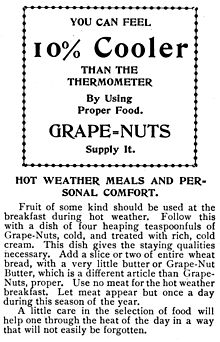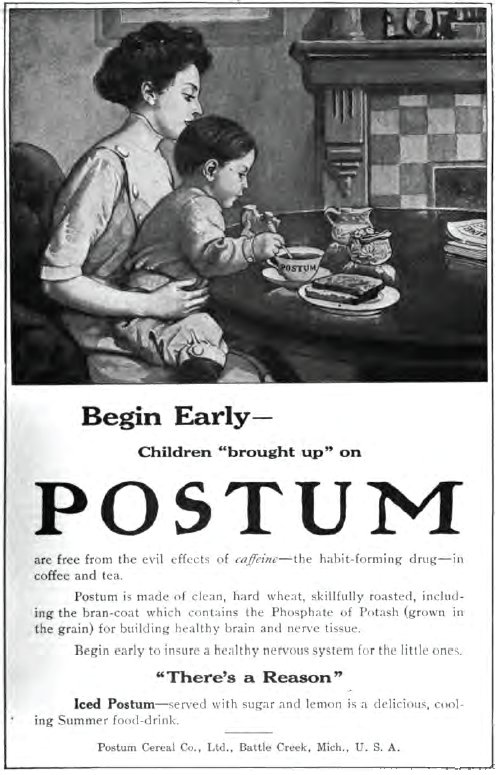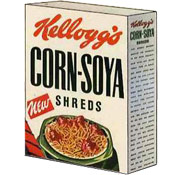Trump has a mammoth lead over all of them, and there’s no sign that it’s shrinking. He’s skating to the party’s presidential nomination. Along the way, he’s doing quadruple axels of madness, triple toe loops of provocation. He’s fantasizing about executing a respected general, and he’s fetishizing firearms, his words coming close to incitements of violence. He’s not sorry for the Jan. 6 riots. To my ears, he’d like more of where that came from.
...
And perhaps the only shot that any of those seven candidates have to stop him and prevent the irreversible damage he’d do to the United States with four more years is to call a tyrant a tyrant, a liar a liar, an arsonist an arsonist. None of them did.
They’re too frightened of his and his followers’ wrath. So forgive me if I chortled every time they talked about leadership, which they talked about often on Wednesday night. They’re not leaders. They’re opportunists who are letting an opportunity slip away from them.
I don't want to spend too much time on the tactical wisdom of attacking the most popular Republican leader since Reagan (at least within the party). Barring some disruption that completely resets the table (like a health crisis or someone fleeing the country to avoid imprisonment), Trump will be the GOP nominee and even if there is a massive disruption, telling the majority they've been supporting a tyrant is probably not the best way to weather it.
But while Bruni's argument flies in the face of evidence and common sense, it aligns perfectly with the narrative the paper has pushing more and more desperately for well over a year now, the latest iteration of one the paper (and much of the rest of the press) has been telling itself for at least a quarter century now about how both parties are basically the same and it's just a few unrepresentative extremists in both parties who cause all the trouble.
The two-part fantasy of the moment is that Trump is an anomaly and that all that is needed is the right candidate with the right approach and the former president won't make it past the primaries. It has been an increasingly difficult delusion delusion to maintain, and the press's efforts to keep it alive are sound like a Pitchbot thread, particularly the evergreen "Experts/researchers/polls say [obvious conclusion], but we talked to [tiny unrepresentative sample] who aren't so sure."
Recent and humiliating case in point.
If opinion polls are to be believed, Donald Trump has the 2024 Republican presidential nomination in the bag. But in a recent Times Opinion focus group with 13 Republican voters who are looking at candidates other than Mr. Trump, the idea that the race was all but over sounded off base, either because they don’t know any other Republicans who want Mr. Trump back in office or because he seems beatable for the nomination.
The press and particularly the NYT has been playing variations on "if the polls are to be believed" for over eight years now, briefly acknowledging Trump's numbers then trying to wave them away with wishful analytics. The hard inescapable death and taxes truth is that Trump's standing at this point is something unprecedented in recent memory (including 2016).
Barring extraordinary events, if Trump is capable of running (and remains in the country), he will be the GOP nominee. Any other outcome is so unlikely that to treat it as possible is irresponsible.
The NYT (I'm going to skip the clumsy phrasing "The press and particularly..." and just cut to the chase from here on) appear to have abandoned their quixotic efforts to argue that Trump's polls were worse worse than they looked, and have doubled down on on op-eds and not just focus groups but "where the hell did you get these people?" focus groups. Parties and publications have a long history of stuffing these groups with unrepresentative samples, but I've never seen the thumb applied to the scale with quite this much force.
Beyond the absurdity of not knowing any other Republicans line (shades of the Pauline Kael Nixon quote without the self-aware preface), every response is at odds with what what we know about GOP primary voters. Despite vaccines being Trump's greatest area of vulnerability on the right, there's not an anti-vaxxer in the bunch. No conspiracy theorists either. Almost no mention of abortion and none of it heated. "Few of these voters cared about immigration or wokeism." The only mention of Ukraine was a positive nod to the hawkish Nikki Haley. The only comment about Russia outside of the one involving Haley was one praising... wait for it... Joe Biden.
Every one of the focus group members was a NYT editor's fantasy figure of a typical Republican voter. Remember that scene in Being John Malkovich where everyone looked like Malkovich's? It was like that only with David Brooks' face.










